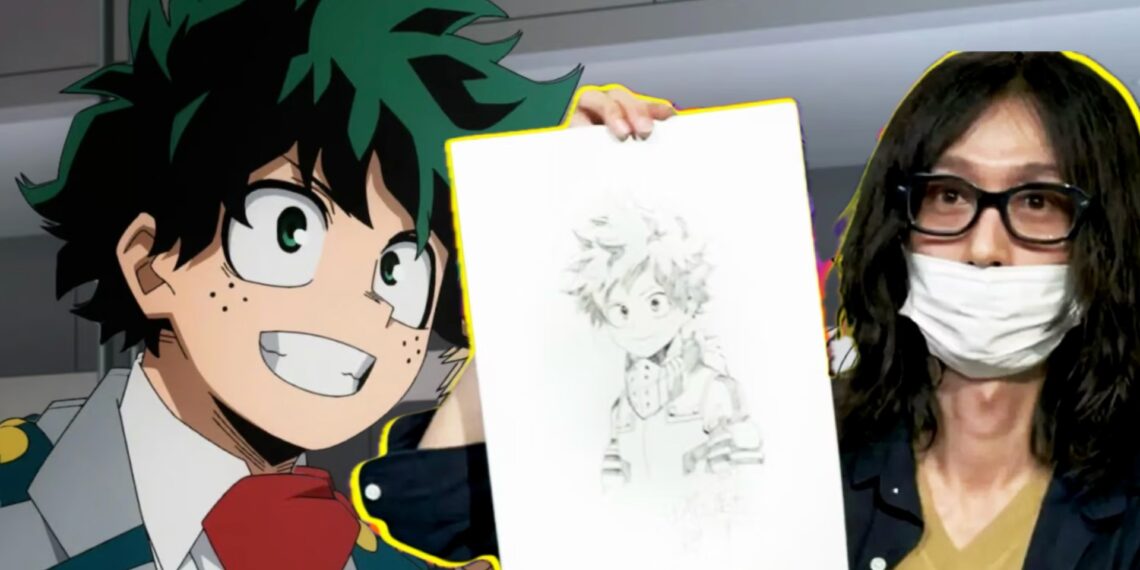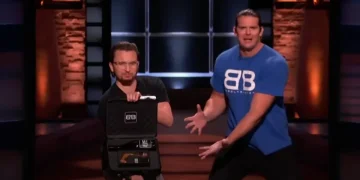The Japanese anime and manga series My Hero Academia has become tremendously popular over the last decade. With engaging characters, an exciting story, and themes that resonate with audiences, it has connected with readers and viewers all over the world.
More than a million copies of the My Hero Academia manga have been sold globally to date. This demonstrates how the story and world created by manga artist Kohei Horikoshi has resonated widely. Fans eagerly await each new manga chapter.
Now reaching its conclusion, My Hero Academia is in the midst of its final storyline arc. Horikoshi is pulling out all the stops, intent on satisfying devoted fans who are invested in the journeys of characters like Izuku Midoriya and Katsuki Bakugo.
The anime has also reached a climactic phase, likely aiming to align its finale with the manga’s.
In the past, enthusiasts pleadingly asked Horikoshi to prolong My Hero Academia’s run. But all stories must eventually conclude.
By planning an impactful finale true to his vision, Horikoshi may impart one last memorable phase for readers who fell in love with his once little-known manga that grew into a contemporary, celebrated pop culture juggernaut.
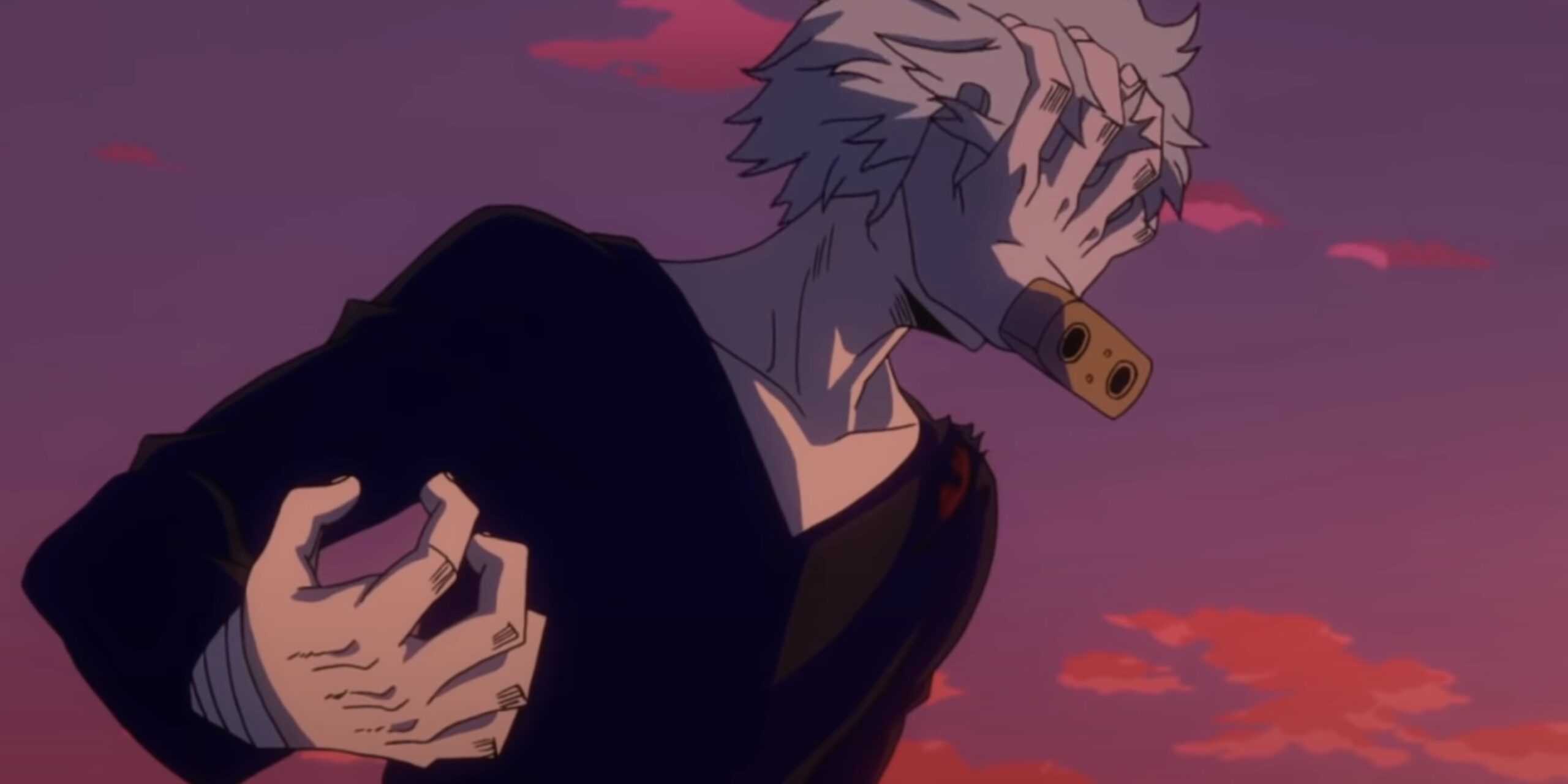
As the popular Japanese manga and anime series My Hero Academia builds toward its climax, creator Kohei Horikoshi has pulled out all the stops in terms of storytelling. He seems intent on making the most of each chapter leading up to the finale.
Throughout the conclusion arc specifically, Horikoshi’s writing and art have reached impressive new heights. Many devoted readers feel that the narrative progression and events unfolding recently rank among the best across this entire multi-year run.
In addition to moving the central plot forward briskly, Horikoshi has brought back beloved characters who had been out of the spotlight for some time. Their reappearance at key moments provides an extra jolt of excitement while also tying up loose ends.
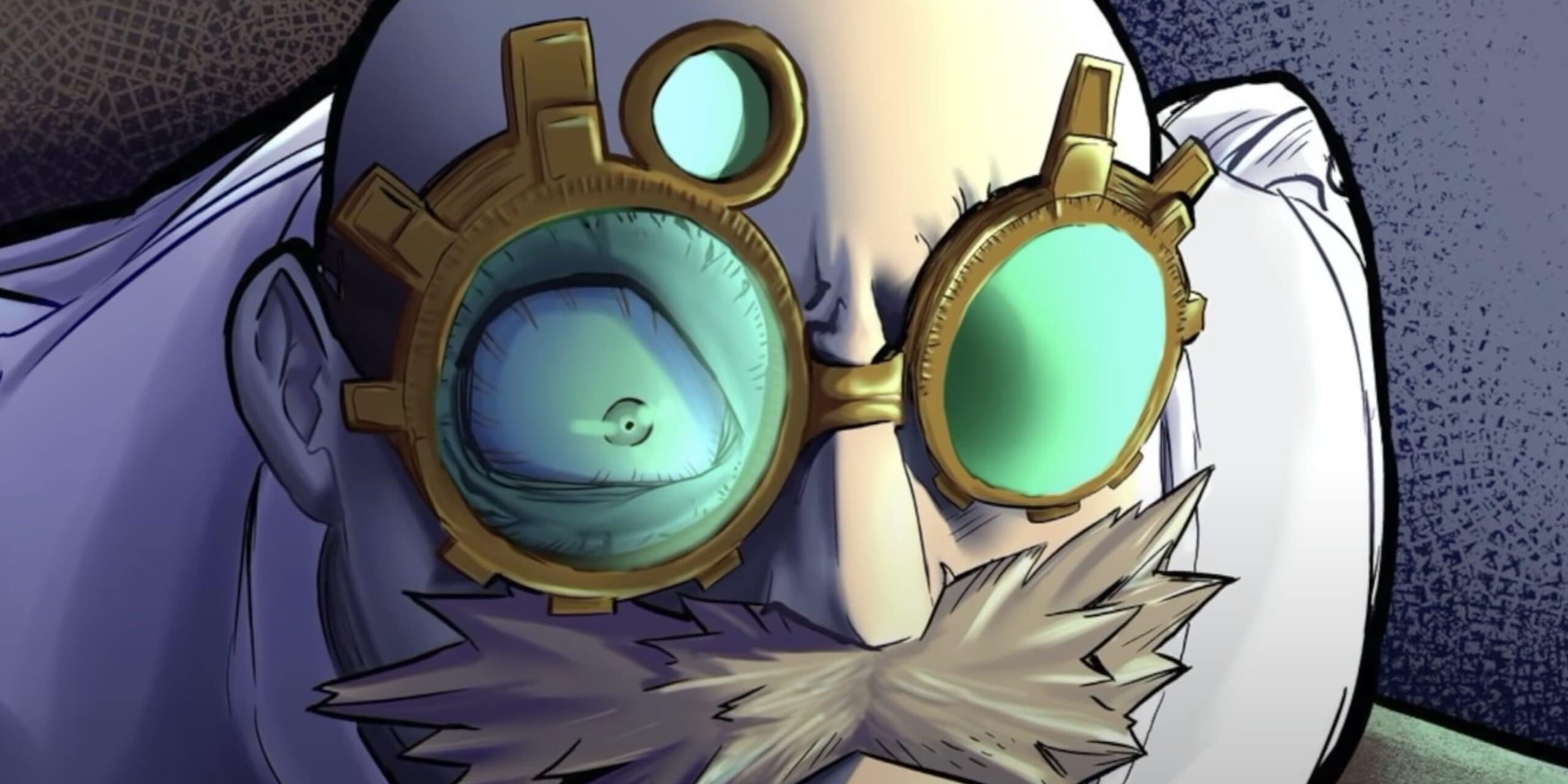
For example, the return of Ochaco Uraraka, Tsuyu Asui, and other classmates from early in Izuku Midoriya’s U.A. High School journey has nostalgia value. It reconnects readers to what initially drew them into My Hero Academia.
As the final clash takes shape, these heroes of the past reprising their roles emphasizes that the story has reached a culminating chapter. Long-term fans have thoroughly enjoyed these callbacks to the origins of Midoriya’s coming-of-age saga as he realizes his dream of being a superhero.
Horikoshi Responding to Fans’ Requests For The Final Arc of My Hero Academia
As the end draws near for the popular Japanese action manga and anime series My Hero Academia, creator Kohei Horikoshi is going out with tremendous style and flair. He seems determined to stick the landing in a way that thrills his loyal readers and viewers.
Known for blending elements of superhero adventures, coming-of-age stories, and shonen battle series, My Hero Academia has built a passionate global fanbase since its 2014 debut.
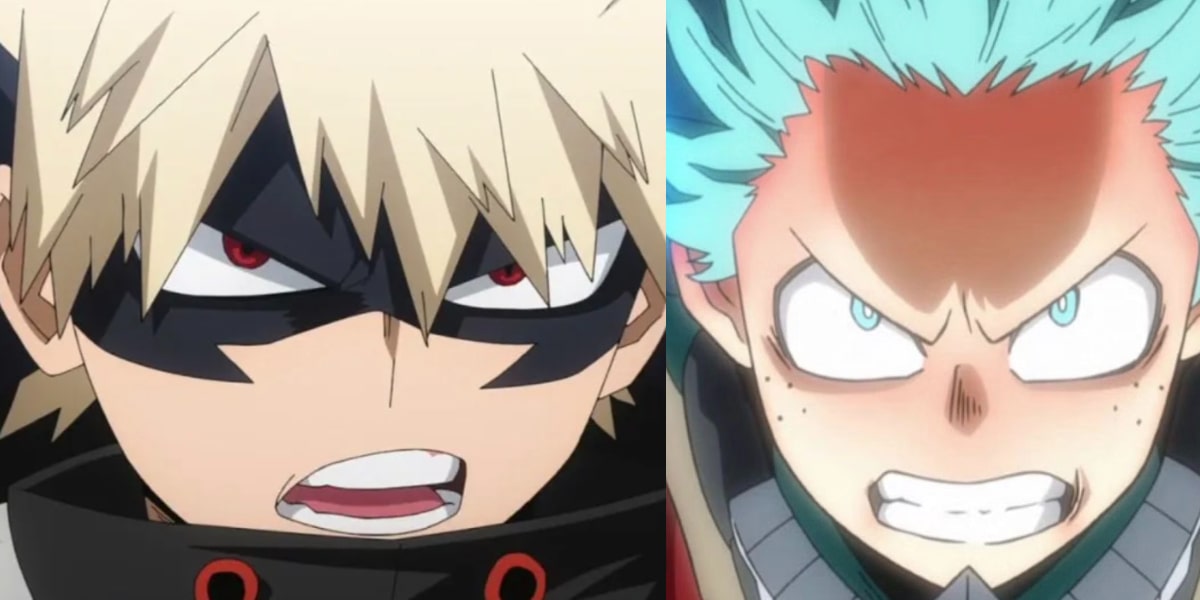
Many feel the fast-paced conclusion arc exceeds even the high expectations set by Horikoshi’s consistently inventive storytelling throughout the manga’s nearly 10-year serialization run.
The final arc’s events thus far have delivered all the key components – high-stakes drama, impactful character moments, and spectacular standoffs between heroes and villains – that made My Hero Academia an instant hit able to stand shoulder-to-shoulder with classics of the action-adventure genre from the very start.
In particular, the sudden return of Todoroki Enji, better known to audiences as the antihero Endeavor, injected additional suspense and excitement into the climax, catching devoted fans pleasantly off-guard.
Endeavor’s re-emergence hints that Horikoshi still has well-kept secrets up his sleeve heading into the manga’s final act.
As My Hero Academia marches toward its conclusion sometime later this year, the sense among loyal readers is that Horikoshi aims to stick the landing and deliver a finale befitting the thrilling journey audiences have treasured right from page one and episode one over nearly a decade of adventures with fan-favorite characters like Deku and All Might.
What Is Happening In The Final Season of My Hero Academia
As the climax of My Hero Academia builds, the iconic opposing powers of All For One and One For All have collided again in an intense battle fueled by their deeply conflicting motivations and desires.
On one side, All For One pursues his long-running ambition to demolish hero society. Meanwhile, Izuku “Deku” Midoriya is driven by his heroic pledge to stop Tomura Shigaraki as quickly as possible before more innocent people get hurt.
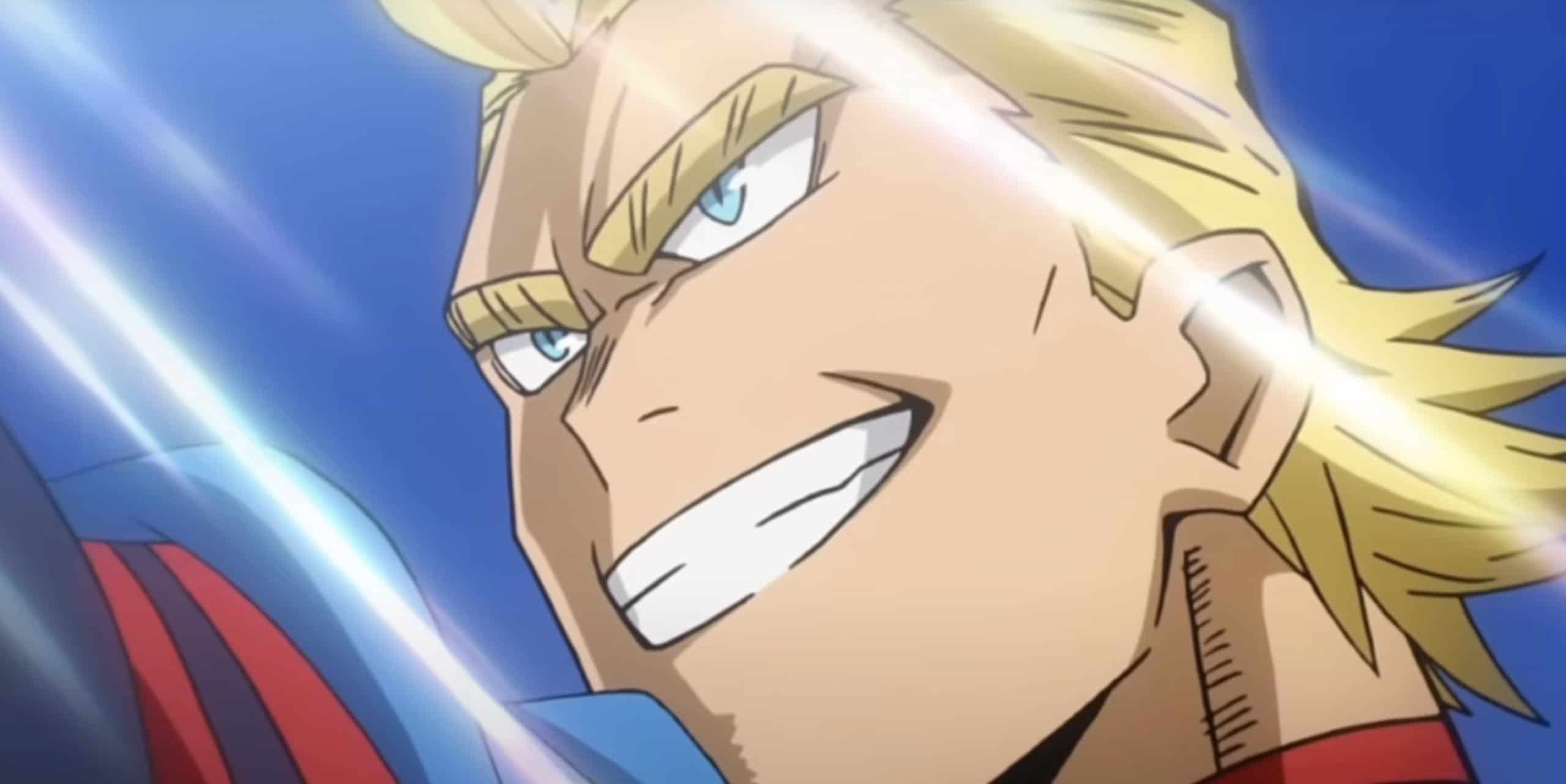
Adding further drama, the startling return of the anti-villain Stain introduces another wildcard.
Despite his ruthless methods, Stain’s core aspiration has always been to realize All Might’s ideal vision of justice and honor for heroes.
Now, in a surprising twist, his reverence for All Might’s values is leading Stain to side with the heroes in this final clash.
While ambivalent about fighting alongside Endeavor, Stain appears single-minded in his motivation to back One For All against All For One’s threat.
With these escalating conflicts building off of motivations established throughout My Hero Academia’s run, the stage is thoroughly set for an explosive final phase.
Long-brewing ambitions will collide as villains and heroes alike scramble, willing to go to any end, to achieve their individual pursuits before the manga signs off for the final time.
Why Fans Wanted Kohei Horikoshi To End My Hero Academia
My Hero Academia creator Kohei Horikoshi has shown immense dedication to bringing his story to life in the best possible form over the years.
However, his commitment appears to occasionally overtake considerations for his personal health and well-being, much to fans’ concern.
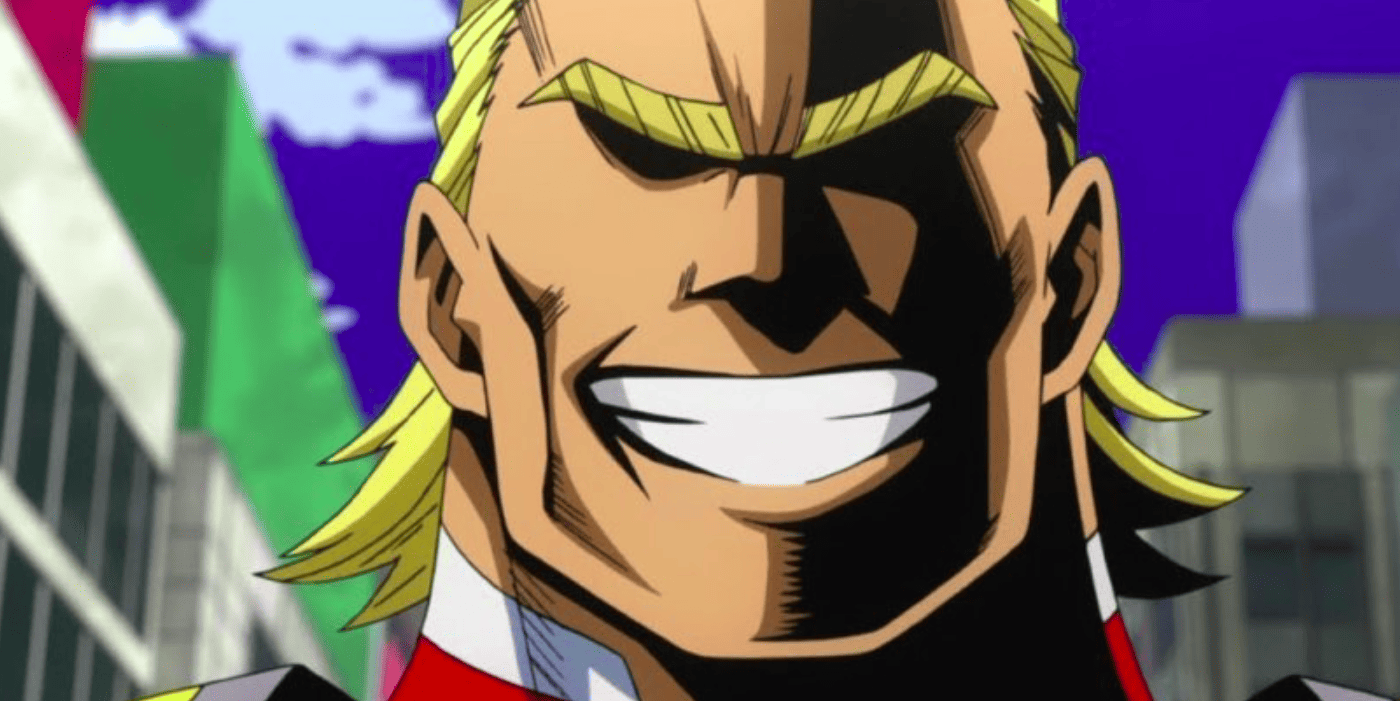
This dedication manifesting at the expense of self-care was evidenced most recently in June 2022.
When chapter 390 of the manga dropped, it was announced that My Hero Academia would go on a rare one-week hiatus before resuming serialization the following issue.
The stated reason was to allow Horikoshi an opportunity to recuperate from overexertion affecting his health.
While it is not abnormal for grueling manga production schedules to require the occasional break, Horikoshi nevertheless felt compelled to apologize to readers for postponing the progression toward the finale.
This gives the impression that he feels immense pressure – whether self-imposed or from other sources – to deliver the concluding storyline arc as quickly as feasible.
Pressure for a Swift Finale
Considering there were prior indications of the toll My Hero Academia’s intense weekly chapter output has on Horikoshi physically and mentally, fans continue voicing unease bordering on playful demands for the mangaka to prioritize self-care over storytelling velocity.
The universal hope is that Horikoshi emerges in good health to someday create new tales, rather than pushing himself beyond reasonable limits simply to rush toward finishing My Hero Academia before an imposed deadline.

Given the visible toll that creating My Hero Academia weekly has taken on Kohei Horikoshi lately, many fans have pleaded for the manga artist to take an extended hiatus of a few months or even years to fully recover.
These readers rationalize that hitting pause, even mid-arc, is a necessary measure to safeguard Horikoshi’s long-term well-being and creativity.
Once recharged, they believe the quality storytelling they’ve come to expect would only improve as Horikoshi’s vitality is restored.
Fan Pleas for Extended Hiatus
Other supporters have suggested less drastically transitioning the serialization to a monthly schedule rather than weekly chapters.
They contend slightly dialing back the breakneck speed would better balance delivering an impactful climax with a reasonable workload that doesn’t demand total physical and mental exertion nonstop.
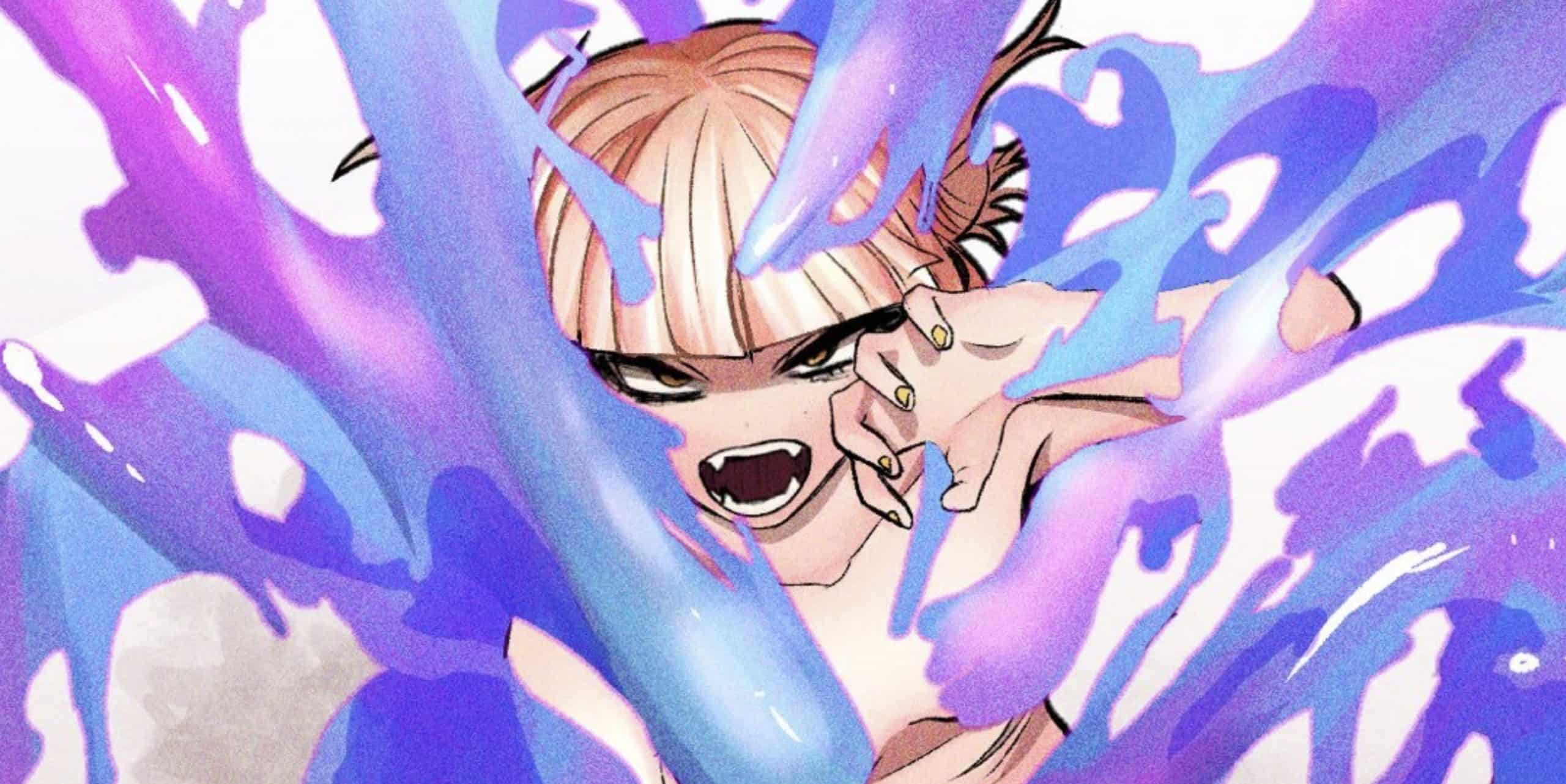
However, Horikoshi’s steadfast commitment thus far indicates he remains determined to carry My Hero Academia across the finish line without pause.
Judging by the rising action and skill evident in recent climactic narrative arcs, he is pouring all his faculties into sticking the landing artistically up through the final panel.
While hoping for the best for his future projects, Horikoshi appears uncompromising in his present push toward completing what loyal readers consider his magnum opus masterpiece.
By all indications, he considers providing closure to the stories of fan-favorite heroes like Deku one supremely rewarding final effort before resting in the future.
Health Issues
The highly demanding serialization schedule imposed on most popular manga series, unfortunately, contributes to severe health issues among industry artists and writers.
To meet unrelenting weekly or monthly publication deadlines for years on end, they are forced to maintain a relentless, nonstop workload pace that takes an immense physical and mental toll over time.
Unlike animation studios, where effort can be distributed among many staffers, manga creation involves fewer individuals who can’t share the burden equally.
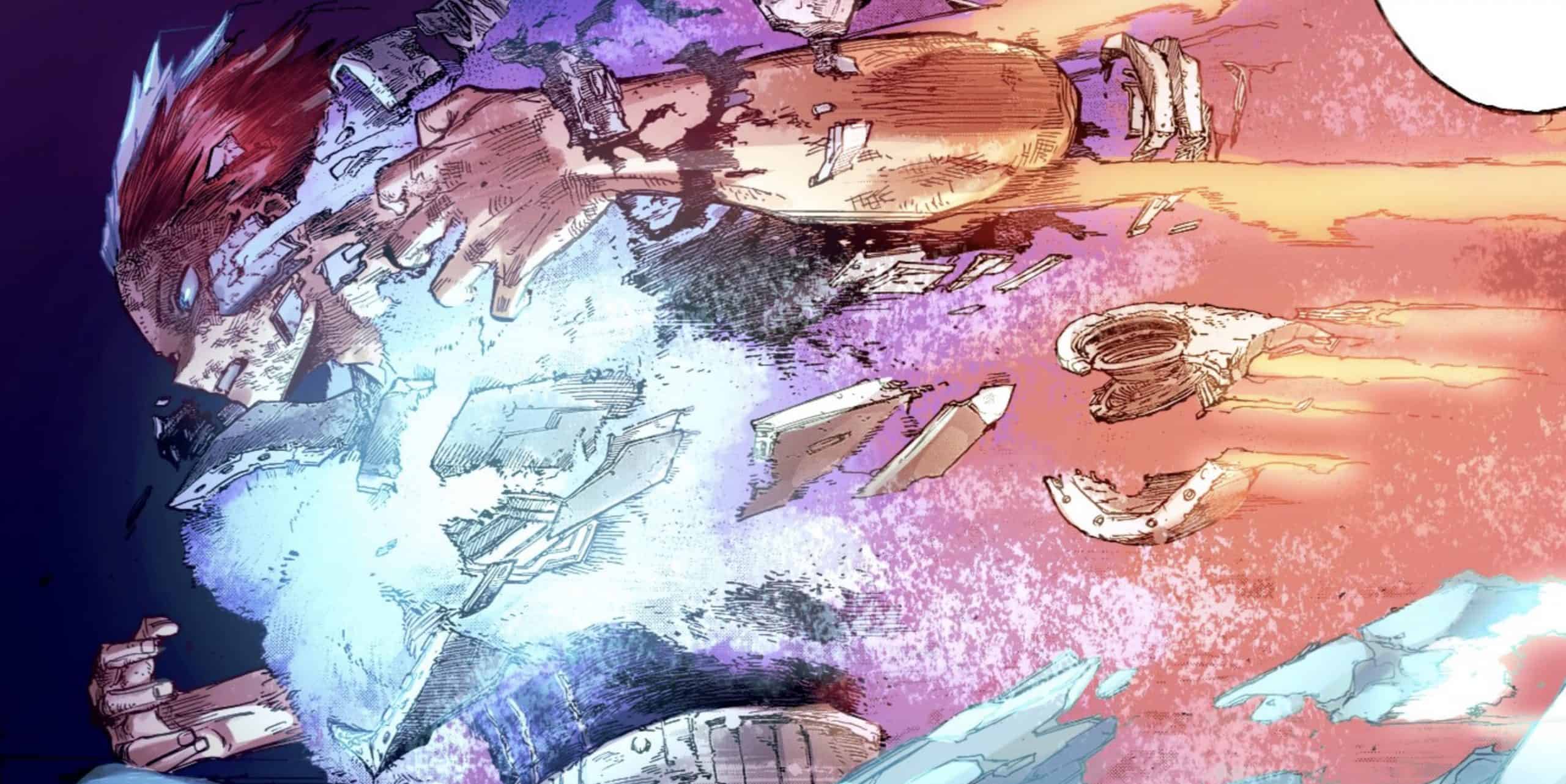
The bulk of required duties like writing, panel layouts, character designs, and such fall primarily on the manga author.
This working dynamic differs from American comics, where generally separate roles exist for writers, pencilers, inkers, etc.
So, manga creators contend with less support, placing immense pressure on themselves to deliver new content continually without the ability to take extended breaks often.
The nonstop grind predictably leads to exhaustion, repetitive stress injuries, and other side effects that worsen until reaching breaking points.
Sadly, numerous examples exist of famous manga artists whose series were cut short or interrupted due to grave health issues.
Many industry veterans advise newcomers of the trade-offs required to survive the unsustainable rigors of manga creation over decades.


